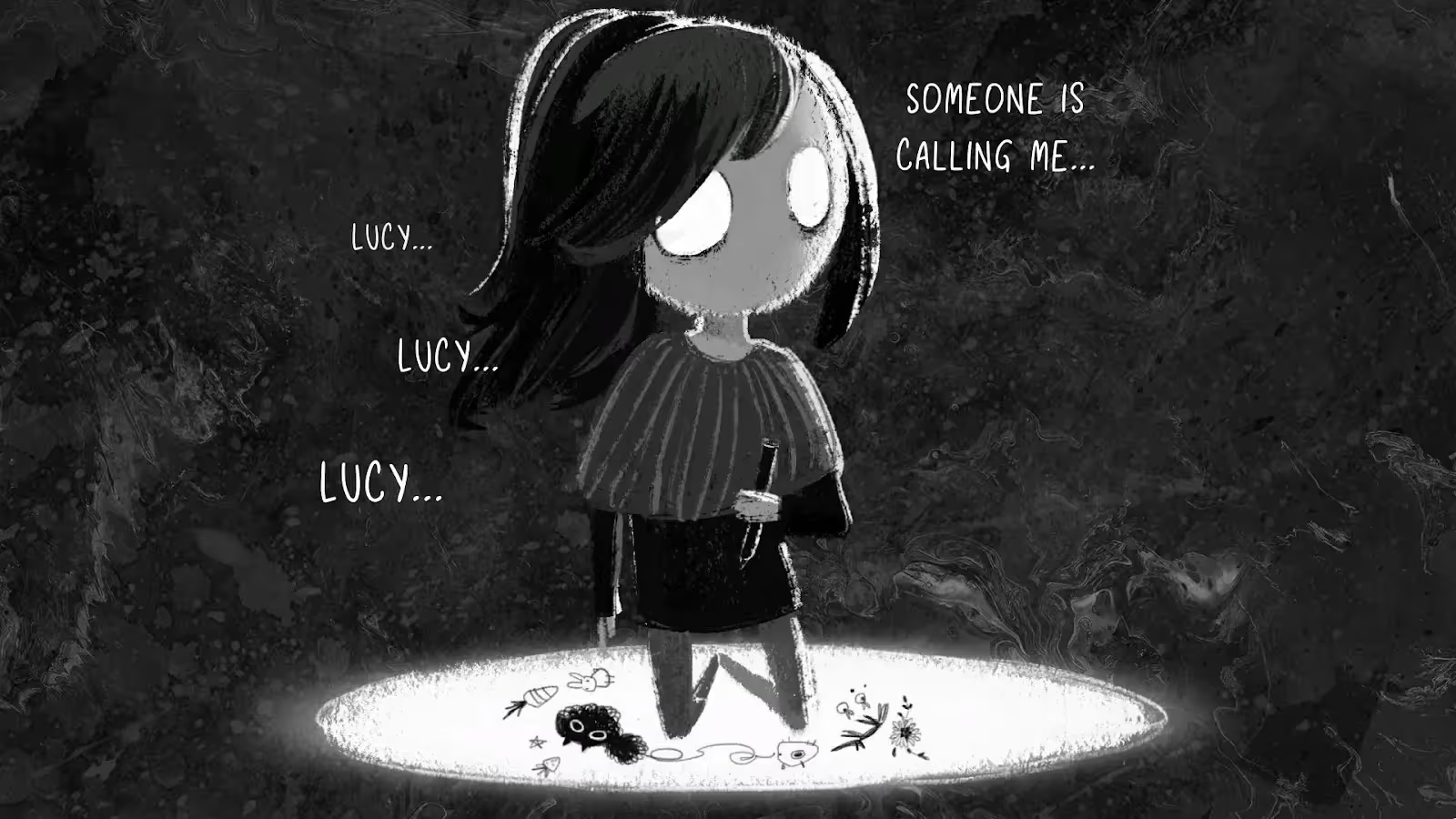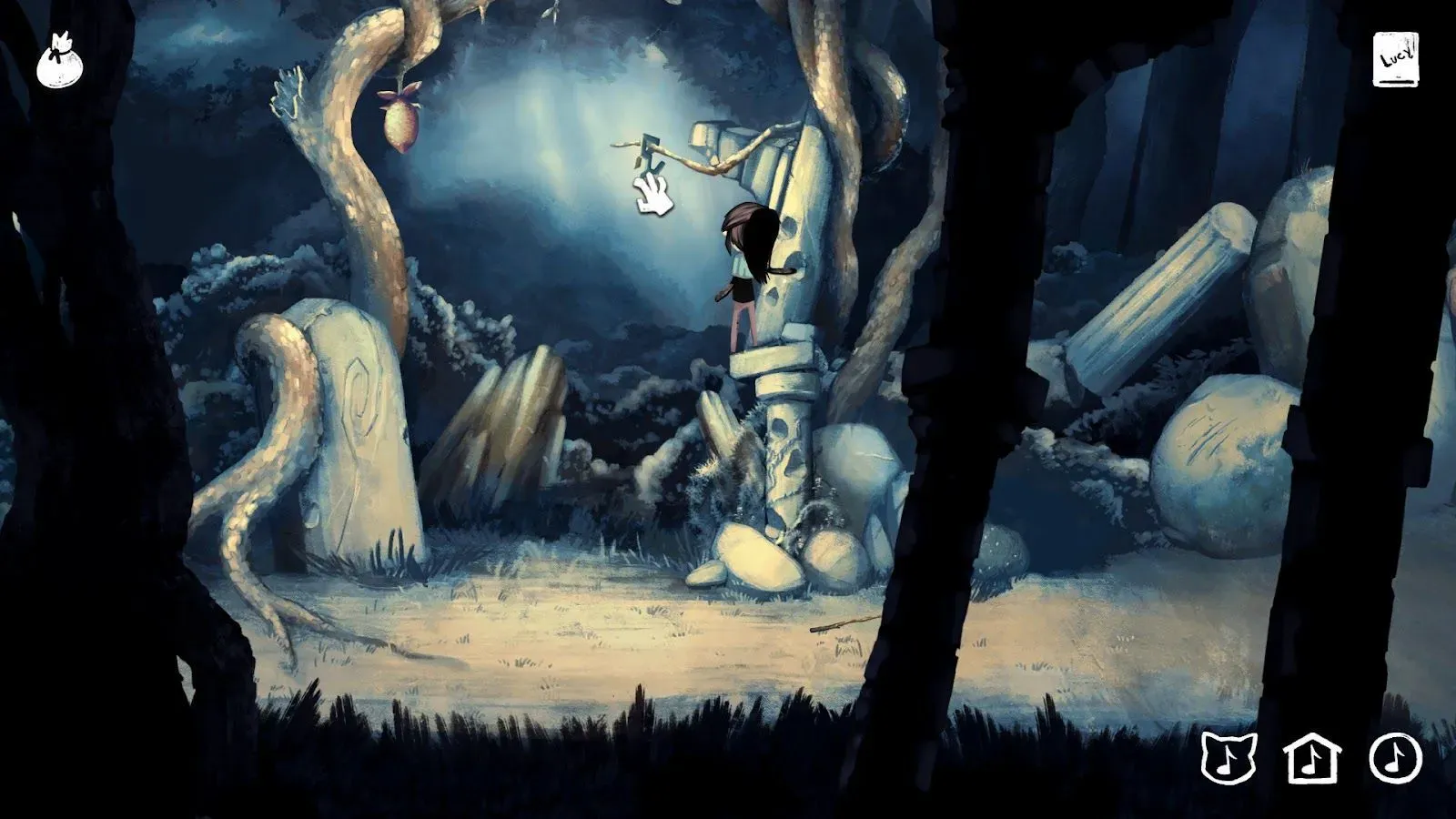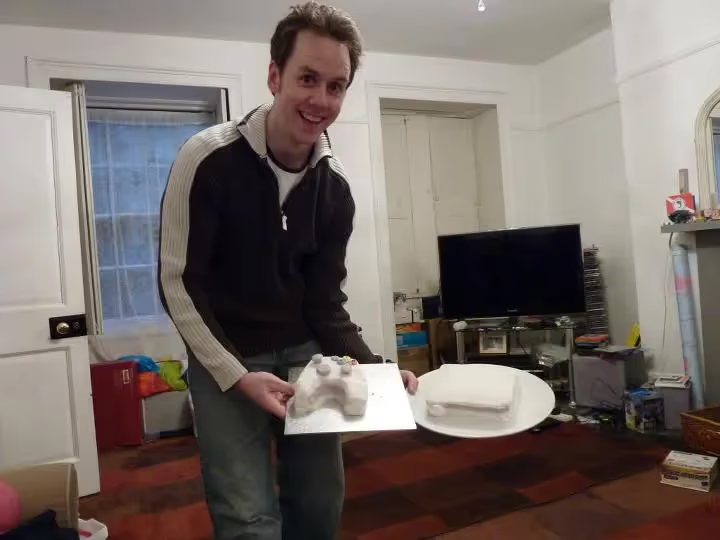Switch
PC
Xbox Series
It’s a nearly indisputable fact that point-and-click adventures are a staple of the medium of video games. One might even call them the progenitor of modern video games in their entirety – the earliest in the genre blended mechanics, aesthetics, and storytelling in a way that had never been seen before. The problem that this presents, though, is that point-and-click adventure games have been done to death and back. In a game style that dates back to the 1980s and contains such beloved classics of the medium as Sam & Max and the Monkey Island series, who would ever want to see if their own ideas could measure up to those of the greats? And, for that matter, why would you create something as simple as a point-and-click when an incredible breadth of complex game mechanics are both so readily available and easy to implement nowadays?

That – i.e. the choice of game style – was the first thing that sparked my curiosity about Children of Silentown, created by Elf Games. The second thing was, naturally, the game’s art style; it’s cute and creepy all at once, and I was interested to find out how the game utilized it. I’m sure I’m not the first or the last to compare the art style and general feel of the game to Coraline, or Pan’s Labyrinth, or to any of Tim Burton’s movies; in fact, I’d bet real money that all of these were direct inspirations for the game itself.

The game’s stylish art direction seemingly takes cues from its narrative, which often feels like a dark fairy tale in nature; kind of like those library books you desperately wanted to check out as a kid, even if they seemed as if they might be just a little too scary for your liking. Children of Silentown leans into that feeling to great effect, supported by the art, the story, and the hauntingly beautiful score. The plot centres around a preteen girl named Lucy and the strange town in which she lives, where residents must speak in whispers and avoid leaving their houses at night lest they be snatched up by the monsters that supposedly haunt the dark forest surrounding them. As the protagonist, Lucy is (naturally) drawn to the mystery of the forest, and soon vows to unravel its secrets – along with the secrets of Silentown itself.

Children of Silentown’s key mechanic resides in the three-note “songs” that Lucy can learn; when she sings them around certain elements of her environment, they result in various magical effects which change throughout the course of the game. The effects range between the material, such as moving objects out of the way so you can walk forward, and the narrative, such as reading the thoughts of the person nearest to you. Almost all of these incidents are followed by a mini-puzzle that you must complete to achieve your greater objective, whatever that may be at the moment. These mini-puzzles, along with the larger environmental puzzles you must work through, comprise the vast majority of the gameplay.

Frankly, the puzzles are also deceptively tough. The game gives you absolutely no hints to any solutions – not even so much as an indicator of what items can be picked up – and provides no quest log, making keeping track of tasks unnecessarily difficult. Similarly, items’ in-game usages often seem incongruous with what you would assume their purposes would be; for example, it seemed strange to me that a hammer would be the tool necessary to open a padlock, but a rake wouldn’t be able to get cherries out of a nearby tree. Of course, a game’s realm of possibility is only so big, but that didn’t stop it from being frustrating. At certain points, I got so stuck that I was tempted to quit the game entirely. The thing is, Silentown is a family-friendly game, if the box descriptors are to be believed. But if the puzzles proved challenging for an adult with a decent amount of game literacy such as myself, I’m not sure how they would be even remotely accessible to kids. Because of that, and because of some decently spooky imagery within, I wouldn’t recommend sharing this game with anyone younger than twelve or so.

Still, it’s a testament to the game’s storytelling that I powered through even the toughest puzzles to the very end. I won’t spoil too much, since it’s a story best gone into blind. However, I will be frank: the ending didn’t exactly satisfy me, nor did it answer all my questions. But the New Game+ mode that I was presented with once the credits rolled for the first time made it clear that this is a game that requires multiple playthroughs to truly finish. In fact, it’s indicated that the game can’t truly be completed until you’ve played through it four (!) times. It’s a short experience, clocking in at just under eight hours, so that’s less than 40 hours of gameplay if one decides to play through all four endings. But still, my many unanswered questions left me intrigued enough to potentially do just that. It turns out that the simple, nostalgic charm of the point-and-click style adds to the storybook feel of the game, and I’m interested in what other magical secrets it has to offer.
You can subscribe to Jump Chat Roll on your favourite podcast players including:
Let us know in the comments if you enjoyed this podcast, and if there are any topics you'd like to hear us tackle in future episodes!




